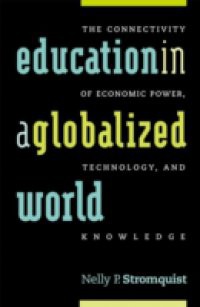For a website that offers examples of debating strategies, videos of actual debates (with English translations), and an interactive debate, click here.Tibetan Buddhist scholar-monks have long engaged in face-to-face public philosophical debates. This original study challenges Orientalist text-based scholarship, which has overlooked these lived practices of Tibetan dialectics. Kenneth Liberman brings these dynamic disputations to life for the modern reader through a richly detailed, turn-by-turn analysis of the monks formal philosophical reasoning. He argues that Tibetan Buddhists deliberately organize their debates into formal structures that both empower and constrain thinking, skillfully using logic as an interactional tool to organize their reflections. During his three years in residence at Tibetan monastic universities, Liberman observed and videotaped the monks debates. He then transcribed, translated, and analyzed them using multimedia software and ethnomethodological techniques, which enabled him to scrutinize the local methods that Tibetan debaters use to keep their philosophical inquiries alive. His study shows the monks rely on such indigenous dialectical methods as extending an opponents position to its absurd consequences, pulling the rug out from under an opponent, and other lively strategies. This careful investigation of the formal philosophical work of Tibetan scholars is a pathbreaking analysis of an important classical tradition.An accompanying website offers a set of interactive debate tutorials, which include examples of photographs of debates; a guide to the participants; a grammar of Tibetan debating, which includes sample propositions, responses, and strategies; the ethnomethods employed by debaters; videos of illustrative debates, complete with English translations, all analyzed in detail in the book; and an appendix comprising an interactive debate, glossary, manual, and illustrations.


















